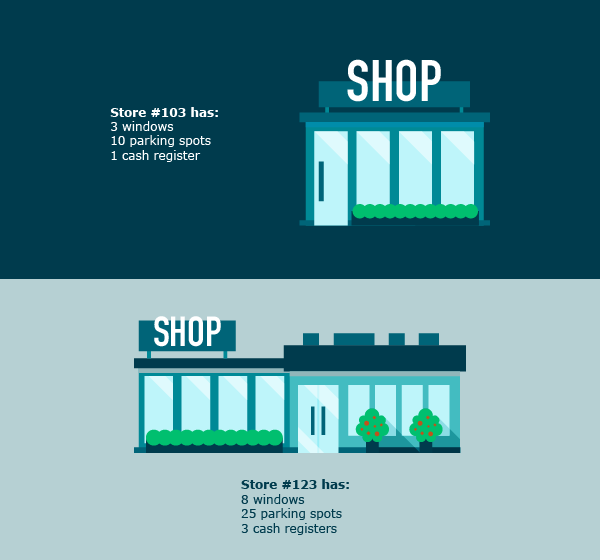How Accurate Is Your Single Source of Truth?
November 23, 2020 by Alec Veinger – Making decisions based upon data is how businesses grow and succeed. According to McKinsey, data-driven organizations are 23 times more likely to acquire customers. IBM’s Institute for Business Value says 62% of retailers report that analytics provide a valuable competitive advantage.
Yes, there’s no question about it, data is vital. However, the accuracy of your store-level data can make or break your retail business goals and objectives such as creating consistent branding, delivering flawless retail execution, and increasing your sales. One consistent set of accurate data points to base important decisions—about everything from remodeling to equipment purchases for your stores to marketing—matters.
How do you collect that data, ensure its accuracy, and develop a single source of truth your entire organization can access and share – anytime, anywhere?

Collecting Store-Specific Data
Each of your store locations have slight differences. For example, your Charlotte store may have three windows, 10 parking spots and one cash register while your Jacksonville store has eight windows, 25 parking spots and three registers. A professional onsite survey team can help you capture these important details. Their job is to collect and correctly document that store-specific information such as how many fixtures, windows and measurements, registers, and more every store has.
Accurate data can dramatically reduce your marketing and equipment spending. For example, a c-store retailer using generic marketing kits discovered they were able to reduce their POP spending by 33% once they drilled down its store-specific details. Insight into 1K store locations also helped this leading national wireless carrier accurately determine the investment needed to plan capital improvements.
Having access to up-to-date store-level data empowers retailers with the insights needed to make money-and time-saving decisions. Gaining proper visibility into all of your stores eliminates print overage and can prevent your teams from accidentally purchasing new equipment that may still be under warranty.
Ensuring Accuracy and Data Integrity
A surefire way to ensure the accuracy of your store-level data is by using a survey team experienced with retail sites. Site surveyors or auditors that work with structures such as banks, hospitals, or schools, may not know exactly what to look for.
Enlisting your store associates may seem like a cost-effective option. Training one or two employees from each of your stores to successfully perform a survey would require intense training. Guidelines and rules would need to be created and communicated to your team members to ensure they’re documenting the measurements correctly – for example not rounding numbers up or down. Even seemingly minor standards, such as rounding numbers needs to be clearly communicated and strictly enforced across the entire team.
Depending on what data points you’re looking for, a trained surveyor can complete a site survey in less than two hours. A typical day managing a busy retail shop, tending to customers, and completing tasks typically requires all “hands on deck.” Can your stores afford to pull team members away from their daily responsibilities?

Accessing and Sharing
Once you have your data, it’s important to establish a secure way to house and share those store-level details with members of your organization. Consider a cloud-based, site-specific profiling technology platform your teams can use whether they’re based in a corporate office or our walking the store. Rekeying data into spreadsheets, handwritten notes and emails as well as adding Word Docs to shared drives can be time consuming, cumbersome and lead to inaccuracies. A highly visible database with pictures and correct site-specific details gives everyone a clear visual and keeps everyone on the same page.
A single source of truth simplifies data and helps elevate your in-store execution.
For example, New England grocery chain, Hannaford, opted for centralized database to house its store-level data. This system allows the retailer’s employees to easily update and access data through a gatekeeper approval process resulting in a better understanding of all Hannaford locations. From a 3% increase in same-store sales to optimized delivery schedules, the results have been extremely positive.
Want to learn more about ensuring the accuracy of your data and creating a single source of truth for your organization? Download our Ultimate Guide to Onsite Surveys to learn more.
